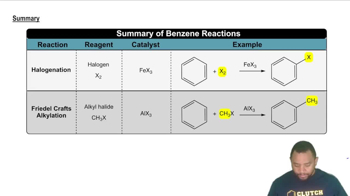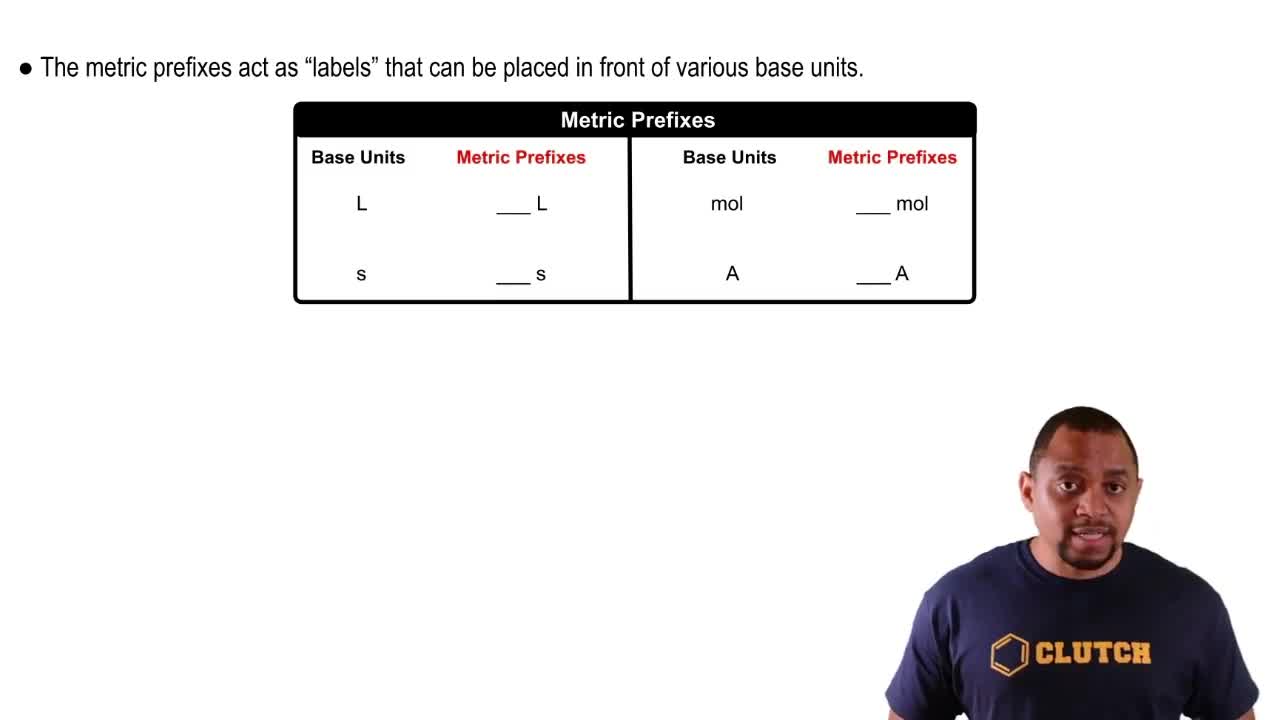Here are the essential concepts you must grasp in order to answer the question correctly.
Centiliter (cL)
A centiliter (cL) is a metric unit of volume that is equal to one-hundredth of a liter. It is commonly used in measuring liquids, particularly in contexts like beverages, where precise volume measurements are important. For example, 75 cL is equivalent to 0.75 liters, which is a standard size for wine bottles.
Recommended video:
Summary of Benzene Reactions
Metric System
The metric system is an internationally recognized decimal-based system of measurement that includes units such as meters for length, grams for mass, and liters for volume. It is designed to be simple and consistent, making conversions straightforward. Understanding the metric system is essential for interpreting measurements in scientific contexts, including those found on product labels.
Recommended video:
Volume Measurement
Volume measurement refers to the quantification of three-dimensional space occupied by a substance, typically a liquid. It is crucial in chemistry and other sciences for determining concentrations, reactions, and dosages. Common units for volume include liters, milliliters, and centiliters, with each unit serving specific applications in various fields, including food and beverage industries.
Recommended video:
Units of Radiation Measurement
 Verified step by step guidance
Verified step by step guidance


